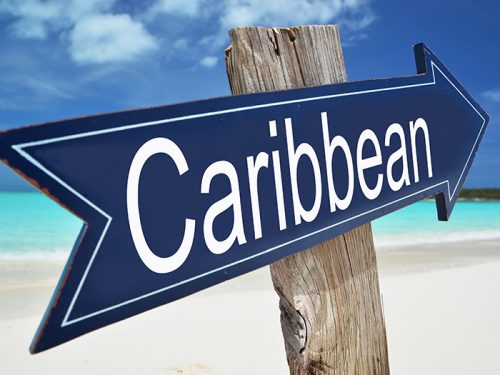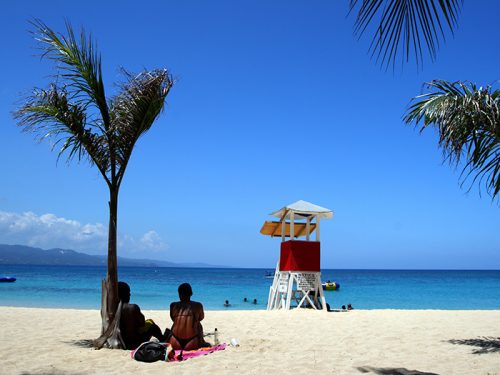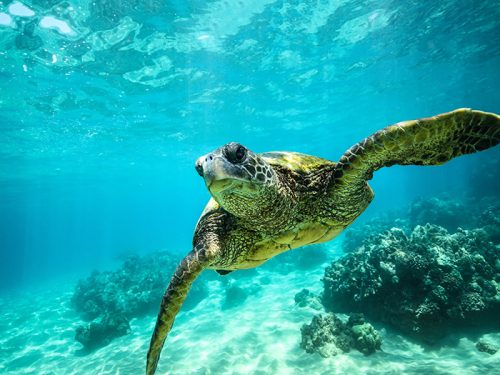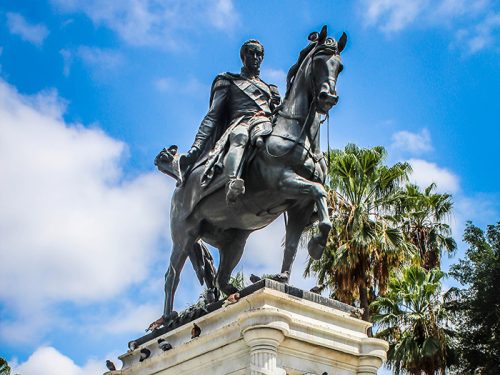The Different Faces of the Major Resorts – Historical Voyages Selected by Voyage Writers –
The Caribbean Sea

The Caribbean Sea area attracts travelers from all over the world with its beautiful waters. The beach resorts with tropical climates hide deep stories. From the relationship between Caribbean cruises and the Cuban Revolution, to the rise and fall of port cities where pirates ruled, and even a Osamu Tezuka’s masterpiece. Let us take you on a historical voyage around the Caribbean Sea.
Written by Tomoyoshi Kanamaru (voyage writer) A nautical writer who has cruised not only throughout Japan but also to the five continents of the world. He writes for “Cruise Ship Collection,” which introduces cruise ships from around the world, and contributes serial articles and cruise reports to the magazine “Cruise” (Kaiji Press).
The Caribbean Cruises born after the Cuban Revolution

The Caribbean Sea is the world’s cruise capital. Its impetus was the 1959 Cuban Revolution and the socialist regime of Fidel Castro (1926-2016) that emerged from it. Before the revolution, Cuba was the most popular resort destination for Americans. However, when the U.S. and Cuba broke diplomatic relations in 1961, Americans lost their everlasting summer tourist destination. Then, Caribbean countries and Mexico began to actively attract American tourists. U.S. shipping lines took notice of this and began cruises around the Caribbean in the 1970s, which quickly became very popular.
Come aboard to trace the enchants of the Caribbean Sea. Following the Pirates’ Dream – Port Royal

Many people may have learned of the existence of pirates in the Caribbean from movies or world-class theme park attractions. As a matter of fact, 17th-century Britain not only tolerated, but encouraged, the pirates’ plunder against Spain. Henry Morgan (1635-88) was particularly prominent, later rising to the rank of Lieutenant Governor of Jamaica. His base was known as Port Royal, Jamaica. It developed by bringing and consuming the treasures taken by pirates and was called the richest and the worst town in the world. However, after Morgan’s death, a major earthquake struck in 1692. Two-thirds of Port Royal sank into the sea, and Morgan’s tomb also disappeared into the seabed.
A Mayan sanctuary that went from a population of 30 to a world-class tourist destination

The Maya civilization flourished from around the 1st millennium B.C. to the 16th century in the Central American region from southeastern Mexico, centered on the Yucatan Peninsula, to Belize and other areas. Cozumel is the Mayan word for “swallow island,” and the name of the country of Belize is also derived from the Mayan word meaning “muddy water. Cozumel was the sacred island of the Mayan moon goddess and home to 40,000 people, but the population plummeted to only 30 in 1570 due to smallpox introduced by the Spanish in the 16th century. Since 1960, the island has become a tourist destination known worldwide as a mecca for scuba diving.
The “Father of the Liberation of South America,” which is also the name of the country and its currency.

The official name of Venezuela is the Bolivarian Republic of Venezuela. The unit of currency is the bolivar, and many of the portraits on banknotes depict a man named Simon Bolivar (1783-1830). He was born in Caracas, the capital of Venezuela, and later aspired to independence for the South American countries that had been Spanish colonies. In Cartagena (Colombia), he declared a thorough war against Spain and finally achieved independence for five countries: Colombia, Venezuela, Ecuador, Bolivia, and Peru. He is known as the “Father of the Liberation of South America,” from which the country of Bolivia takes its name. His fame is not limited to South America; there is even a “Simon Bolivar Square” in Cairo, Egypt.
Gauguin worked part-time on the construction of the Panama Canal.

In 1887, Paul Gauguin (1848-1903), an unsuccessful painter, moved to Panama, where his relatives lived, in the hope of receiving financial assistance. However, his expectations were sorely disappointed, and he was forced to work part-time as a cutter at the Panama Canal. Soon after, he caught a fever and fled Panama for the French Caribbean island of Martinique. The tropical works he produced there led to his later style of painting in Tahiti. While Lesseps’ canal construction failed in Panama, Gauguin succeeded in the end.
PHOTO:PEACEBOAT, Kajiura Takashi, AdobeStock, shutterstock.com
